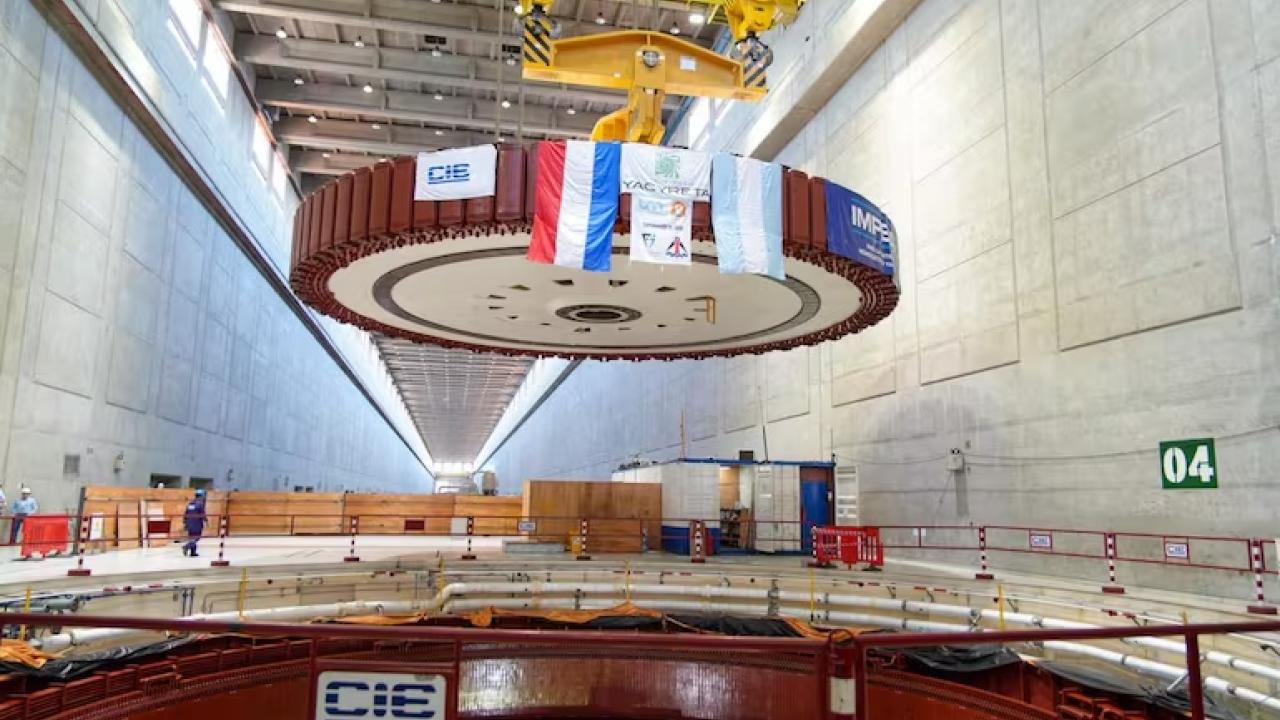
More than three decades after the hydroelectric plant was accused of being a "monument to corruption", there are still vast areas of its administration that remain hidden or concealed.
On Tuesday, April 3, 1990, the then president of Argentina, Carlos Saúl Menem, after describing the Yacyretá hydroelectric project as a “Monument to Corruption”, suspended its execution for six months.
In April 1990, Menem explained that the works on the project shared with Paraguay would not be completed in 1993, as planned, and that he was able to verify that it had original financing of US$1.5 billion, but that at that time it was less than 50% complete, but that expenses already exceeded US$3 billion.
Has this serious accusation been clarified? Despite the fact that the High Contracting Parties of the Yacyretá Treaty created a binational commission for oversight, the sculptors of such a prodigious monument remain unpunished.
The marks, including cracks of corruption in the building of the binational company, were not erased, because they continue to remind Paraguayan and Argentine taxpayers that in Yacyretá corruption was mixed with the concrete, earth and clay used for the construction of the complex.
TWO NEW FACTS IN A LONG HISTORY
Moreover, several other issues have emerged, which must also be investigated and clarified. Today, for reasons of space, we intend to focus on two facts, which affect the interests of the binational and Paraguay.
Let us note that the information is not the product of the “openness” practiced by its current administrators, but of leaks originating in the very corridors of the powerhouse.
According to these reports, the Wholesale Electricity Market Administration Company (CAMMESA) of Argentina, charges -in its market- the Yacyretá energy distributors a fee called “Frequency Regulation” and another labeled as “Power Reserve”.
The Argentine company, they explain, requires that the turbines operate in a way so that it charges for this service.
The most serious thing is that the binational company receives nothing for submitting to this requirement and, even more serious, that this is one of the causes of the deterioration suffered by its production units.
REPLACEMENT OF DETERIORATED UNITS
They recalled that, in this regard, units 1 and 3 were completely repaired and that No. 4 is in the process of being completely rehabilitated so that it can be reinstated in the service scheme next March.
Our sources added that in order to provide the service in question, generation is stopped (power reserve) and the turbines are used as shock absorbers for the Argentine electrical system (frequency regulation).
Finally, they ask if the binational entity will allow the new turbines (1, 3 and 4) to be used to reserve power and regulate frequency and, therefore, continue to benefit the Argentine electrical system free of charge.









